My husband, Doug, and I flew from Lima, Peru (sea level) to Cusco, Peru (Elevation: 11,152′) on July 12th, 2016 with a group to visit ancient sites in Peru and Bolivia.
The plane landed, doors opened, and oxygen got sucked from my lungs. I gasped for air. My vision blurred. Dizzy, I clutched seat backs and handrails to exit the plane. Doug extended his arm for support but he also struggled to breathe in the thin mountain air.
I knew altitude sickness could affect people and that it can be dangerous; even lead to death. Since I had hiked high mountains without problems, I figured I was low risk. The risk is low if one increases altitude in a gradual way. The risk is high if one climbs over 1,600 feet per day. And we climbed to an elevation of 11,152 in one hour and twenty minutes.
A world traveler, I didn’t expect complications but took high altitude pills for four days before. Just in case. The pills can cause minor side effects; tingling fingers, a strange taste. Better than dead.
A bus took us to our hotel in the historic district of Cusco, the ancient capital of the Incan Empire. We checked in at the desk and climbed the staircase to our second-floor room. My eyes teared non-stop and my left eye throbbed in pain. I clung to the banister for guidance. Not far, I thought struggling to catch my breath with each step. When we entered our room, we collapsed on the large firm bed. Exhausted, I assured myself I had mild altitude sickness (AMS). I’d be fine once I acclimated to the high altitude.
We met our group in the lobby later and discussed our various symptoms. Some travelers had headaches, others earaches, one a bloody nose. Lucky me; a throbbing eye. No blood.
Our local guide pointed to small bowls filled with coca leaves in the dining room and suggested we chew the leaves. He explained how coca is an essential part of life in the Andes. A South American plant, coca grows wild in the humid foothills a
We joined others in a welcome ceremony to connect our souls with Mother Earth and spirit guides. Inca tradition. In the meditation, I imagined my eyes healed; with bright vision again.

When the ceremony ended, we received gifts and our guide explained the spiritual meaning of each Incan symbol. I chose a dark wooden cross on a leather cord. He said it was the “Chakana” (Tree of Life) and provided protection. Incas used the “Chakana” to decide everything important in life. Doug selected one from light wood which represented purification.
After the ceremony, we walked along the old stone streets of the historic capital of the Inca Empire (13th-16th century). I wiped my teary eyes and stepped with caution as I listened to the ancient history of the region and the Spanish invasion in the 16th century. The Spanish destroyed most of the Inca structures and built new ones on top of the old.

Our guide explained the evidence of great builders before the Inca and pointed to the megalithic walls at the base. The stones on top of the granite were typical Inca rectangular shapes which resembled polygons. Adobe mud, used as mortar covered the rough stones and held them in place. The Spanish built walls of straw, adobe mud, and painted the rough surface. Spanish walls looked sloppy by comparison.
I touched the smooth massive boulders at the bottom; the ancient walls. They varied in size and shape, yet joined, edge to edge in a perfect fit, interlocked without visible gaps and without mortar to hold them in place. My fingertips danced across the even surfaces and the rounded corners of the gigantic megalithic boulders.
Doug pointed to a Puma figure and a snake in the granite shapes. Our guide showed us a condor figure higher on the Inca wall.
Next we visited the holiest site in Incan mythology; “The Coricancha.” I rested my eyes and listened to our guide tell us the history of the religious complex; the center of the Inca world. Built to honor the creator god, and Inti, the sun god, it housed shrines to the Moon, Venus, and other weather deities. The vast astronomical observatory had a device to calculate movement of the earth with ceremonies conducted round the clock.

When the Spanish conquered Cusco, they described the temple as “beautiful beyond belief.” Then they stripped its gold and treasures and sent them back to Spain. After demolishing the temple, they built a cathedral on the site. Earthquakes have destroyed the cathedral but the ancient temple foundation remains intact.
Next stop was the Cusco Museum of History. Tattered documents and ancient artifacts told the story of the various stages of development of all invaders who inhabited Peru.
A wooden bench, on the porch, beckoned me. It looked to be on the same floor level. But when I took a step, I stumbled and almost fell because I couldn’t judge the size or the distance of the step. My depth perception was gone.
We returned to the hotel for an early dinner, then to bed for a good night’s sleep. We tossed and turned for long hours, then realized coca is a strong stimulant. No rest for the weary. Chew and brew did us in.
But, when on a tour, the show goes on and we joined our group for another day of exploring more ancient sites.

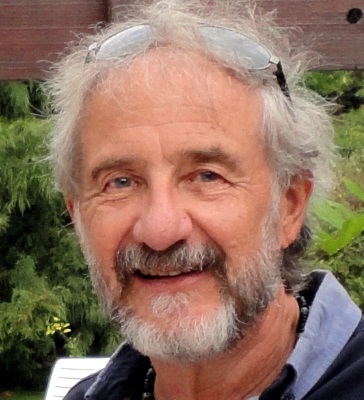
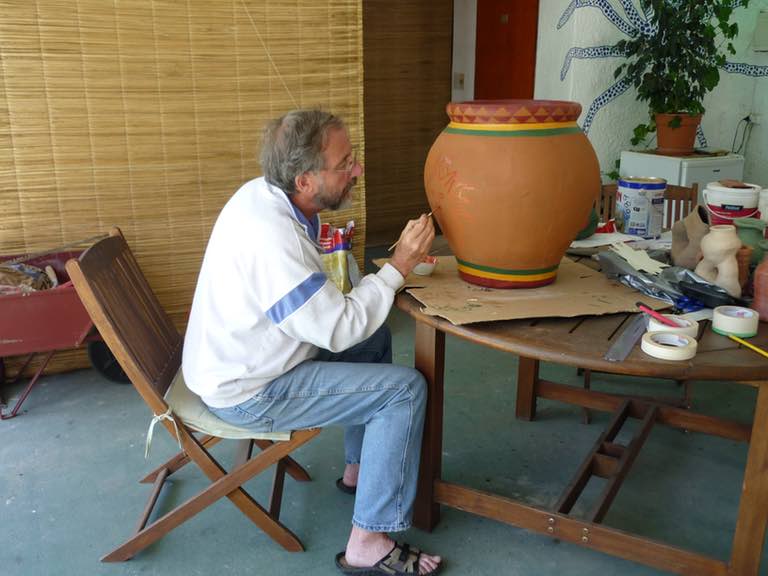

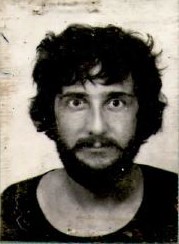
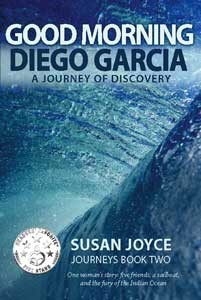

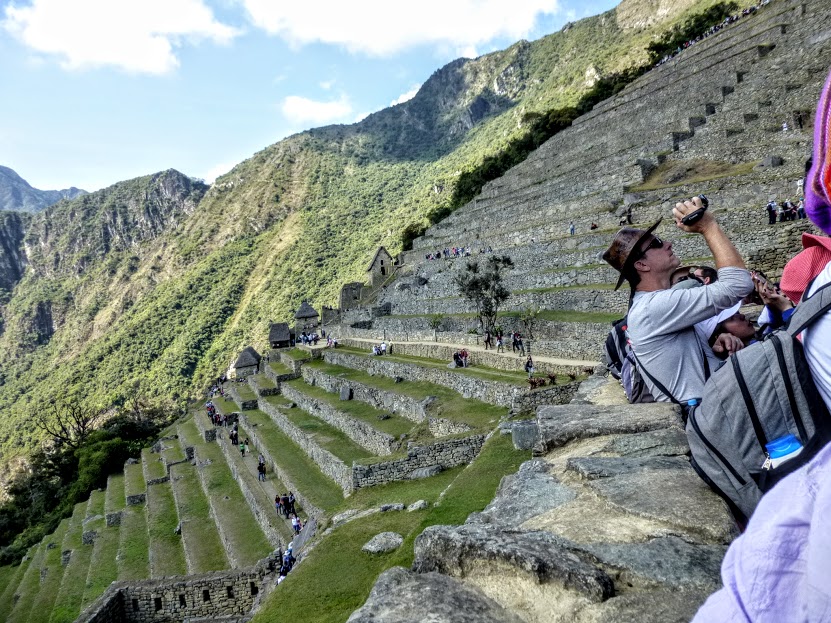
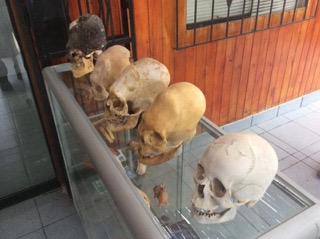
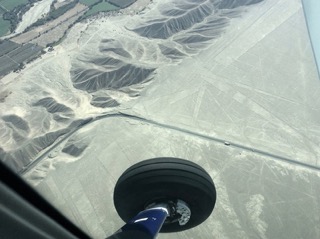
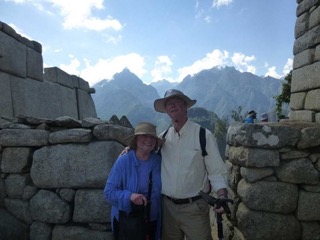
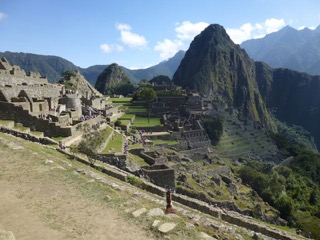
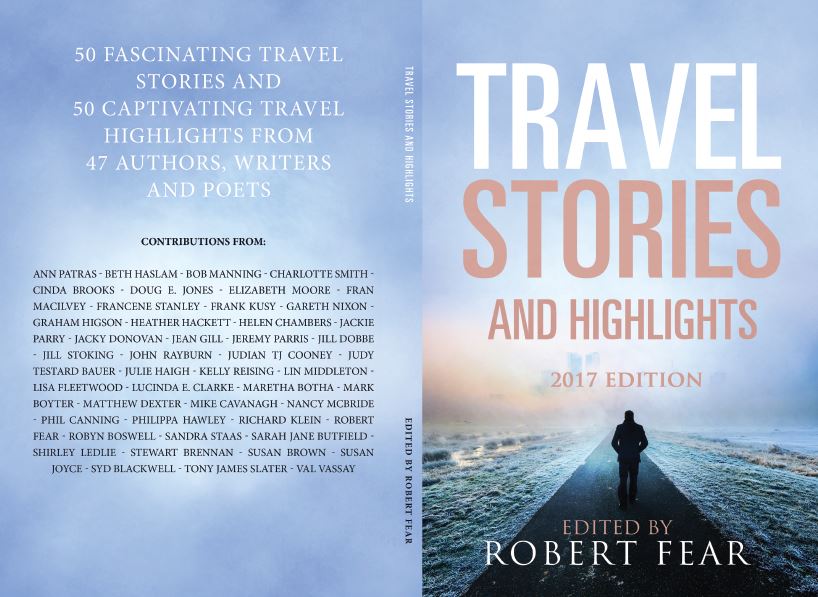
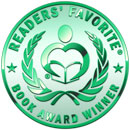
 2016 Best Book Awards
2016 Best Book Awards